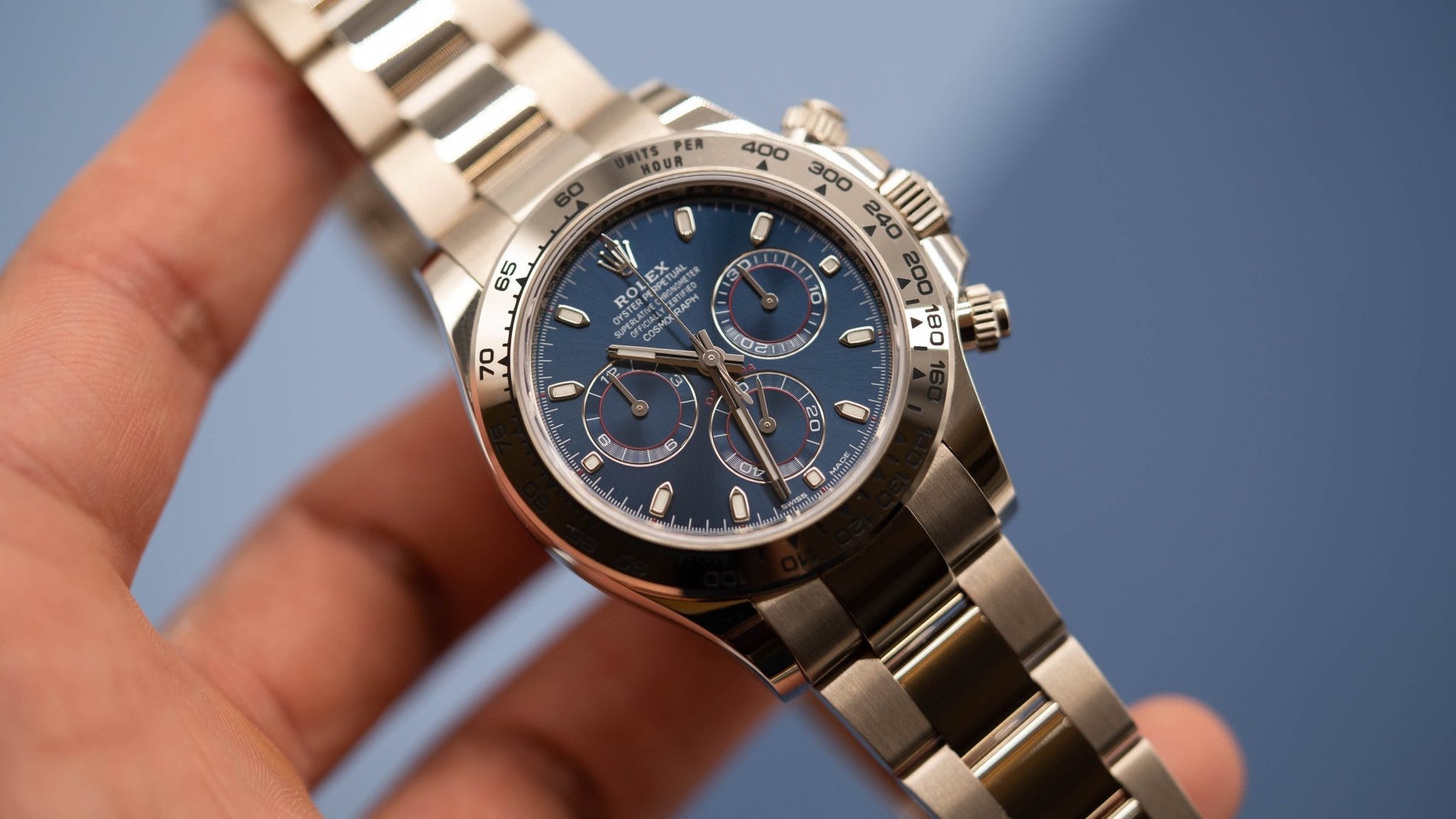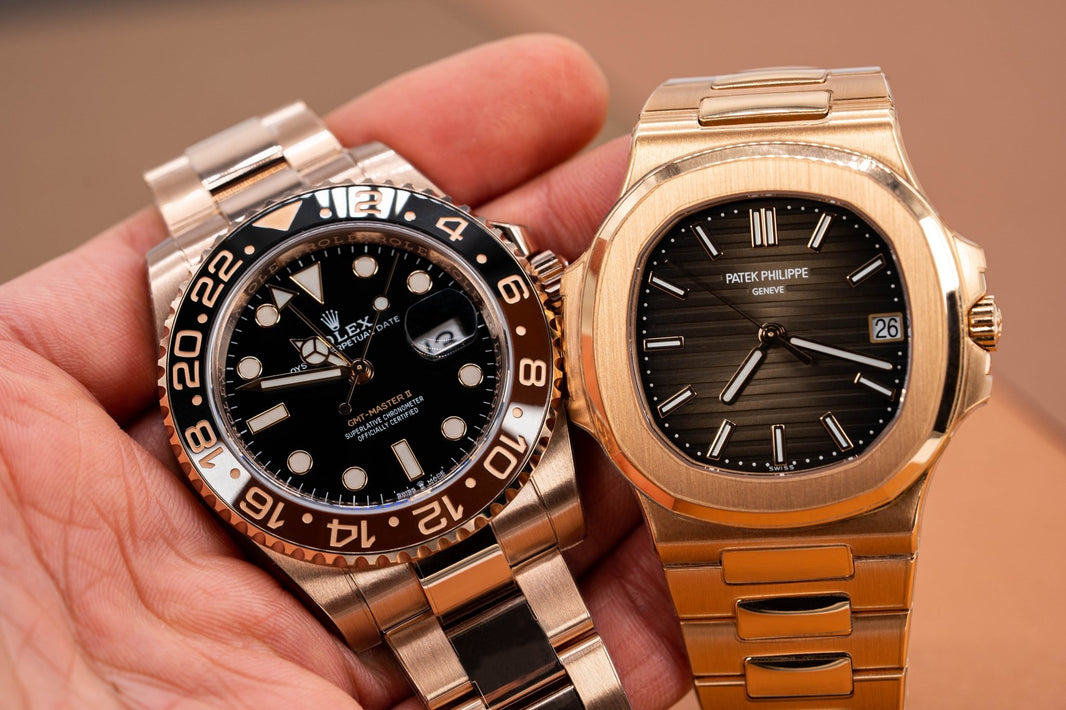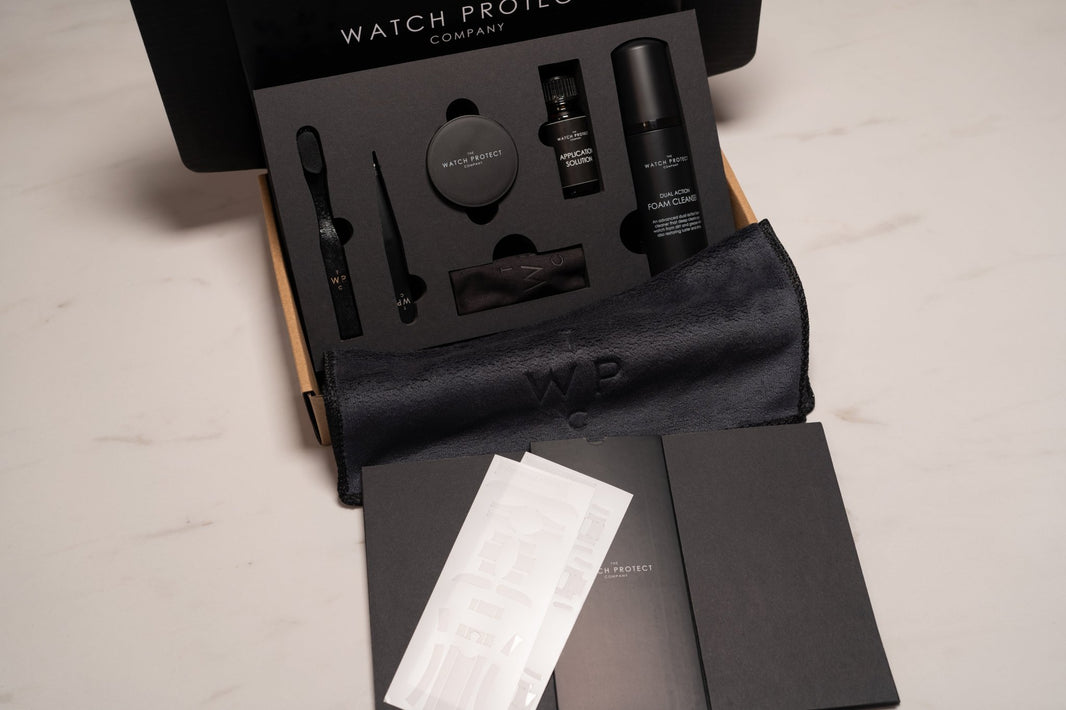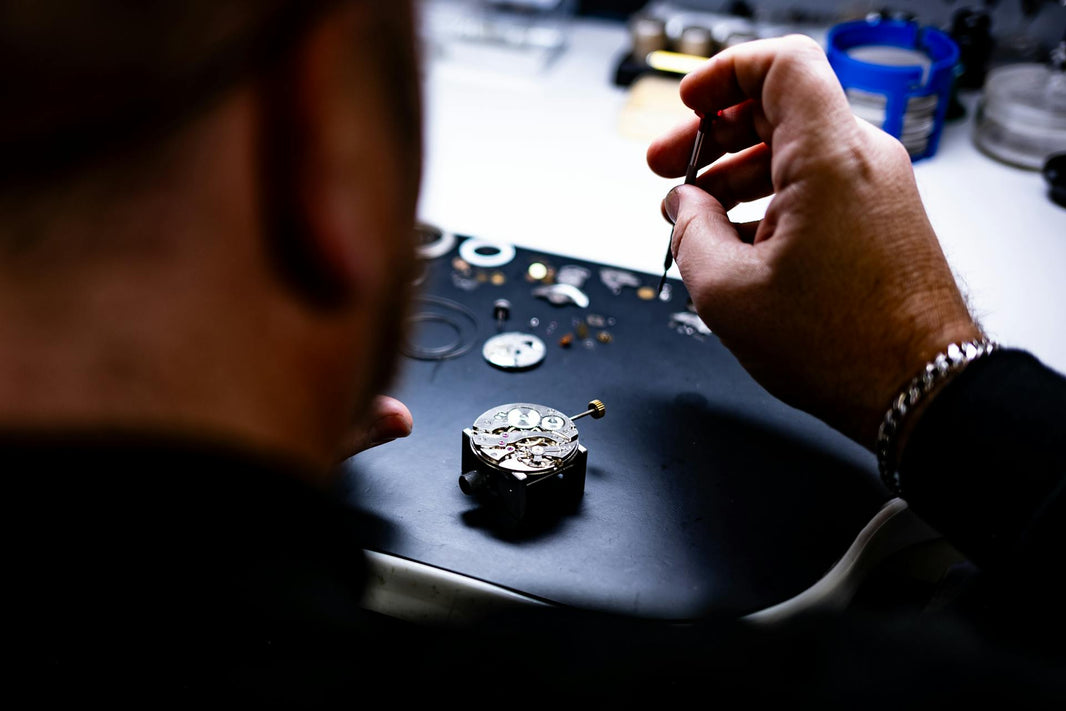Wearing a watch is not just about telling time; it's a statement of personal style and a reflection of craftsmanship. As we invest in these timepieces, the wear and tear that naturally occurs can leave us torn between preserving the pristine beauty of our watches and maintaining a polished, scratch-free appearance. In this blog post, we'll explore two common approaches: protective films and polishing, highlighting the differences and considerations for each method.
Protective Films: Shielding Elegance
Protective films have emerged as a popular choice for watch enthusiasts seeking to shield their cherished timepieces from the rigors of daily life. Here's a closer look at the benefits:
-
Invisible Armor: Protective films are transparent shields that adhere to the surface of the watch, creating an invisible layer of protection. This safeguards the watch from scratches, minor impacts, and even fingerprints without compromising its original design.
-
Ease of Application: Applying a protective film is a straightforward process that can be done at home. Many watch owners appreciate the simplicity and convenience of this method, requiring no specialised tools or professional intervention. We have packaged together a complete kit as well as in-depth instructions that allow watch owners to install their watch protection kits in the comfort of their own home.
-
Preserving Resale Value: For those who view watches as an investment, protective films provide a non-invasive way to maintain the pristine condition of the timepiece. This can be particularly valuable for preserving the watch's resale value over time.
Polishing: Restoring Brilliance
Polishing, on the other hand, is a more traditional method of watch maintenance, often employed to address existing scratches and restore the watch to its former glory. Here are some key aspects of this approach:
-
Surface Restoration: Polishing involves the removal of a thin layer of material from the watch's surface. This process can effectively diminish or eliminate scratches, restoring the watch to a polished and refined appearance.
-
Professional Expertise: While there are DIY polishing kits available, many watch enthusiasts prefer to entrust this task to professional watchmakers or jewellers. Professional polishing ensures precision and minimises the risk of unintentional damage, although this can come at a costly price.
-
Potential Loss of Material: Continuous polishing over time may lead to a gradual loss of material from the watch's case. This is a consideration for those who value the original thickness and weight of their timepiece. Continued polishing and loss of material will also have adverse effects on the value of your timepiece.
Choosing the Right Approach:
The choice between protective films and polishing ultimately depends on individual preferences and priorities. If preserving the watch's original appearance and protecting it from daily wear is the primary goal, a protective film might be the ideal solution. On the other hand, if scratches have already become a part of the watch's story and restoration is desired, then polishing may be the preferred option.
In the world of watch care, the decision between protective films and polishing is a delicate balance between prevention and restoration. Whether you opt for the invisible shield of a protective film or the meticulous touch of a polishing process, the key is to choose the method that aligns with your values, priorities, and the unique story your watch tells. After all, in the world of timepieces, protecting elegance is an art in itself.






